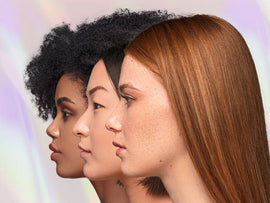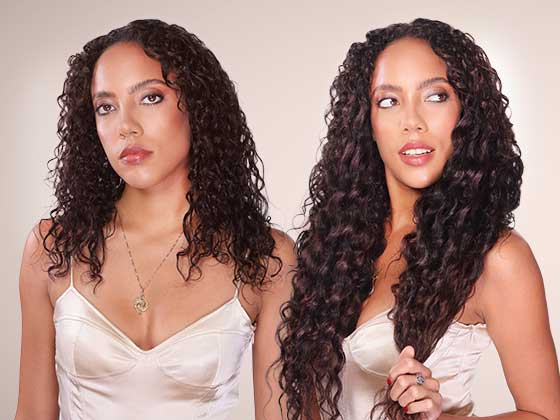If nothing else, the Oscars “slap heard round the world” did achieve one thing: widespread awareness of the inflammatory skin condition called alopecia areata. This condition is still relatively unknown and often misunderstood, yet affects 6.8 million people in the United States alone and 147 million people worldwide. It most commonly appears before the age of 40.
What is Alopecia Areata?
The US Department of Health and Human Services defines alopecia areata as a condition that occurs when your own immune system attacks your hair follicles, leading to hair loss due to inflammation. Once the condition begins, increased hair fall occurs, usually around the head and face with small, round patches appearing on the head where no hair is found.

As of this writing, why the immune system does this in some people is a complete mystery. It is believed however that external factors and/or genetic factors play a role in the sudden appearance of the condition.
These markers and possibly precursors could be any of following combinations:
- Natural or Premature Aging
- Improper diet or lacking essential nutrients
- Hormonal changes stemming from puberty, pregnancy, or menopause
- Anxiety or psychological stress
- Chronic illnesses or auto-immune diseases
- Hereditary or genetic factors
- Hormonal disorders such as polycystic ovary syndrome (PCOS), which affects women of reproductive age
- Environmental factors like pollution, dust, etc.
Alopecia areata has three different types:
- Patchy: Coin-shaped and sized patches on the scalp or other parts of the body. It is the most common type.
- Totalis: Loss of hair that covers almost the entire scalp.
- Universalis: A rare form that results in almost all hair loss on the entire body, including scalp, face and all body hair.
Jada Pinkett Smith’s Story
For the most part the public at large wasn’t aware of her condition until the fallout from the Oscars, but Jada first shared her story back in 2018 on an episode of the Emmy-winning American talk show “Red Table Talk”.
On the show she said, “It was terrifying when it first started. I was in the shower one day and had just handfuls of hair in my hands and I was just like, ‘Oh my god, am I going bald?’ It was one of those times in my life when I was literally shaking in fear. That’s why I cut my hair, and why I continue to cut it.”
This past December 2021 when Jada posted an Instagram video update on her condition, she showed a bald line that developed on her scalp due to this condition.
The Current Science and Solutions
As of this writing there is no FDA-approved treatment for the condition and there is currently no cure. Unfortunately as the condition is non-life threatening and doesn’t impact the health of the body, it is perceived to be a cosmetic condition and as such funding for research and cures hasn't been readily available.
However a new study made public during the annual meeting of the American Academy of Dermatology has shown some hope towards a cure based on the results of a new clinical trial. Phase 3 clinical trials announced by the Yale School of Medicine using baricitinib, a Janus kinase (JAK) inhibitor, have yielded some impressive and hopeful results.
Link to trial details for reference:
https://news.yale.edu/2022/03/26/new-trials-alopecia-areata-treatment-are-success)

Participants of the clinical trial over the course of 36 weeks were given a daily dose, which resulted in ⅓ of them achieving hair regrowth. With even hope for some people using new methods such as this, hope may be on the horizon.
If you or a loved one are struggling with this condition, there are a variety of hair solutions we have created to help you mask the condition and retain your confidence. From clip-in volumizer units or full lace wigs and lovely lace front wigs, we’d love to help you on your journey…so please feel free to reach out to speak with one of our staff who can help you discretely and with great empathy.
Stay strong. You’ve got this
















